LIVING WELLNESS
Alignment | Purpose | Community



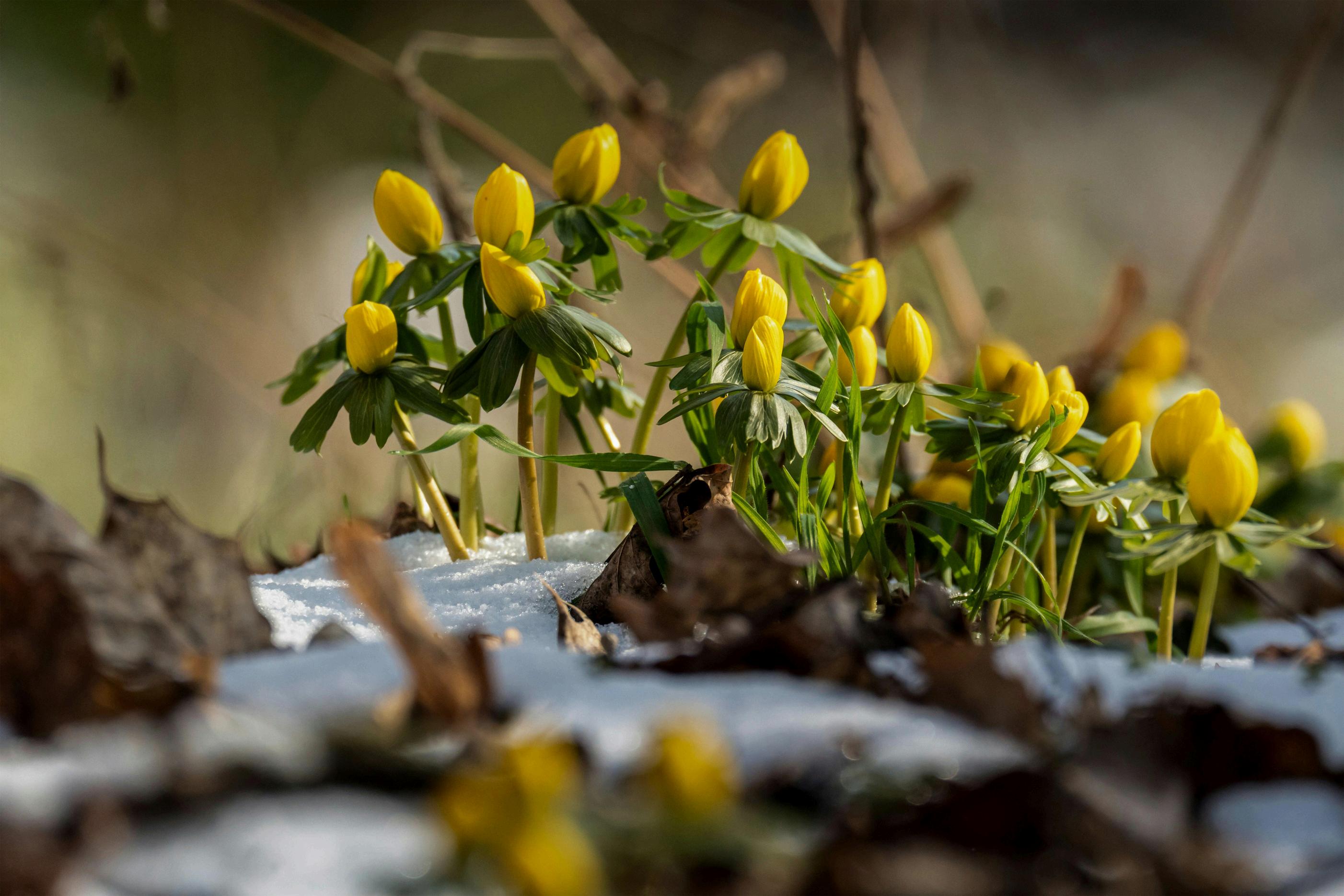
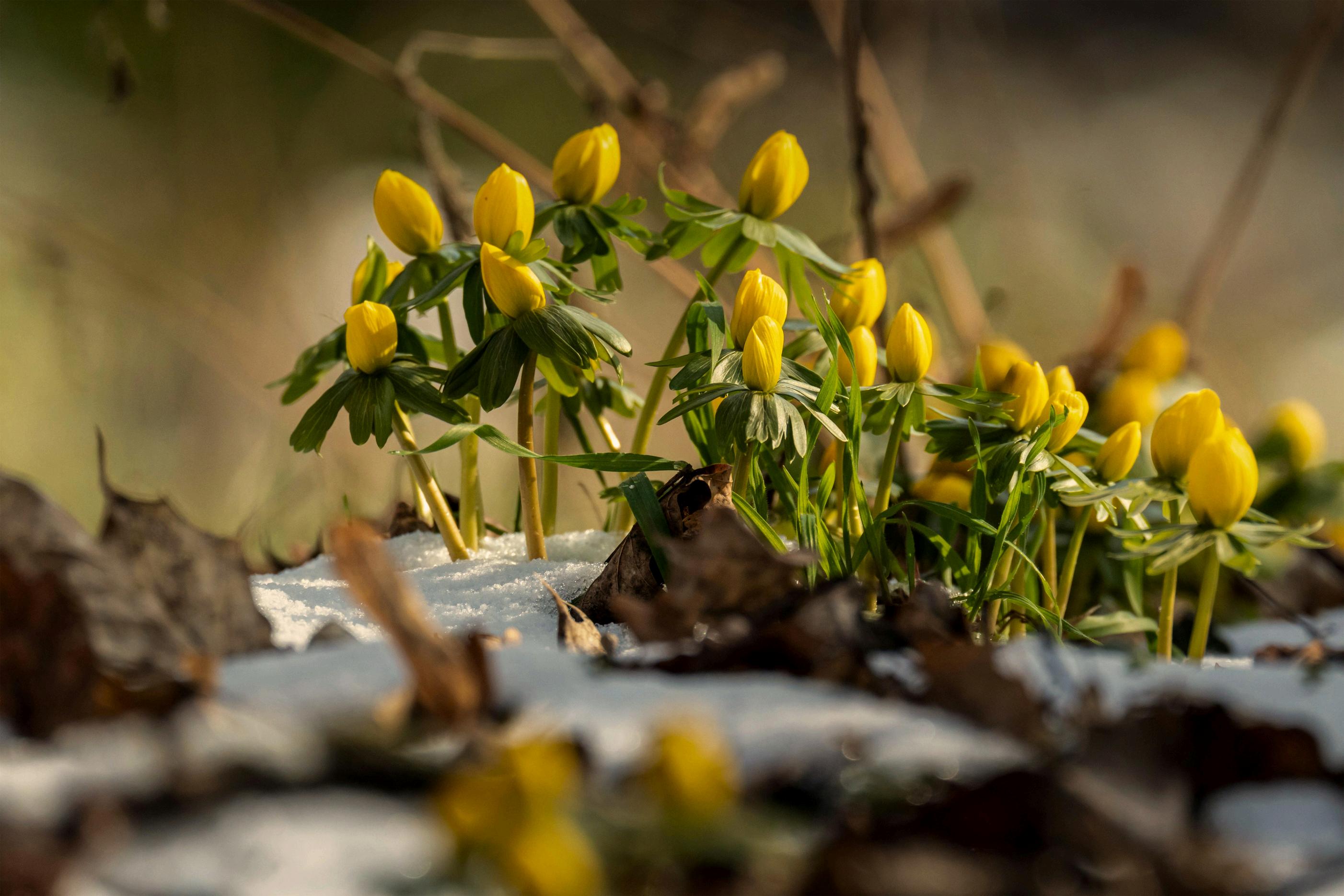
I am writing this as an open letter from the editor, but not as an editor at all That is, I’m pulling back the curtain to tell you something true: every issue of this magazine requires a tiny death from me
It isn't the effort to produce the contents on these pages that brings me to my knees. Every issue (now six) brings to light a topic that holds up a mirror about our collective humanity. More acutely, it brings up some long-held fear, belief, or grief of my own that floats to the surface in the writing and research
Fear and fear-based beliefs don’t like the light of day. They tremble in this bright place because they are full of shame and regret that thrive best in the dark, unexamined and unchallenged. This issue brought another layer of vulnerability in me and our human condition that touched me deeply I am convicted, once again, that our growth individually impacts the collective.
Disruption is everywhere flooding in the Carolinas, wildfires in California, planes falling out of the sky all over the country. There’s also personal disruption that we endure when we lose a loved one or go through a divorce Regardless of the source, disruption highlights our vulnerability and mortality It is the everpresent catalyst that reminds us we ’ re humans in an unpredictable world.
This month, we ’ re not learning to avoid disruption but how to prepare ourselves for whatever comes our way
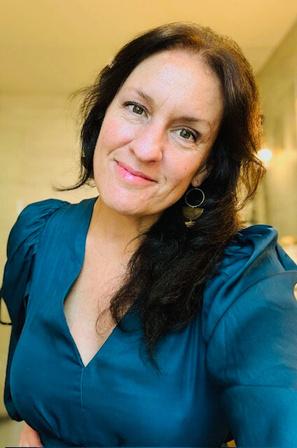
In the feature article on page 10, The Art of Disruption, we look at how the crucible of disruption is a teacher of profound compassion and self-acceptance In the Resource Kit, on page 16, we explore the practice of tapping and how it can rewire our nervous system to keep us present and calm, no matter what happens around us. In The Middle, on page 20, we consider our mortality and how it reframes our daily challenges as part of the gift of being alive, and in the Holistic Guide on page 22 we are adding natural and easy stress relief remedies for better days ahead
As we continue into this new year, I hope that we find the core of life to be a magical and welcoming place where disruption both in the world and in our private lives becomes our greatest ally in seeing life as the gift it is meant to be x o , L e a n n e
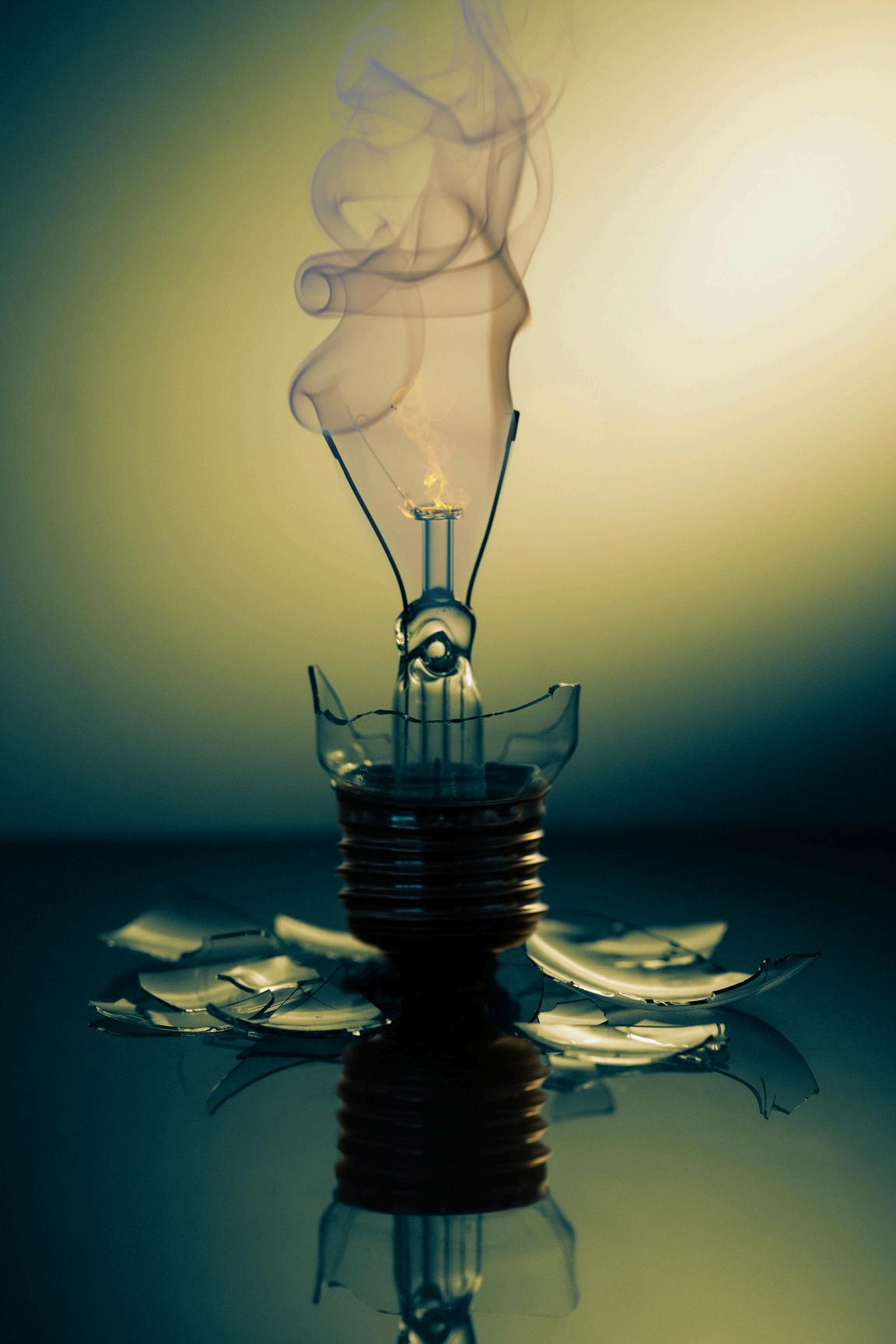
Disruption comes even when we do not ask for it.
It shatters the stillness, and it breaks the nerves
The plot twists in the wind, the path disappears, and the plan is undone
In the breaking, light pours through revealing truths that illuminate Our walls
Our fears
Our dreams, out of reach
Disruption whispers with a sharp tongue, Let Go, Be Still, Listen Here.
It bends our resolve, it challenges our will, it reshapes the map and repositions the road
The gift of an upturned life is the new road that rises into our vision.
Like a spyglass, this interruption sharpens the focus on the path ahead.
The gift isn’t always in the ease of calm and peace
Sometimes, we need the fall, the climb, and the strain: rumpled ego and scattered brain.
Let the winds sweep you clean. Let the lines cross at your feet
Let life untether your soul to find the center of what makes you whole

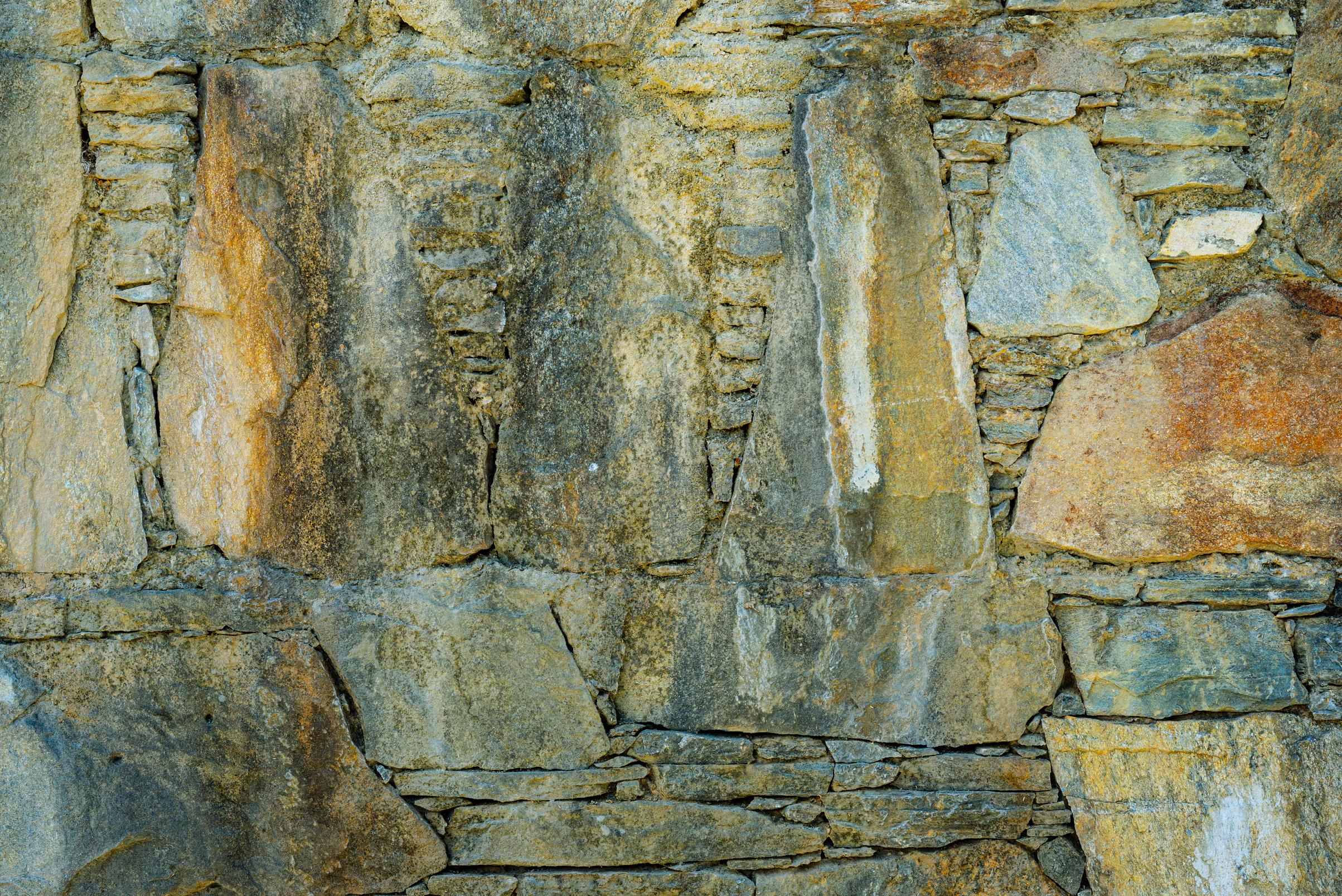
Trusting yourself, especially in times of uncertainty, is one of the most profound acts of self-empowerment Life is unpredictable, and challenges often arise when you least expect them During these seasons of difficulty, your ability to trust yourself becomes an anchor that allows you to navigate challenges with resilience and confidence.
Self-trust is believing in your ability to make decisions, handle adversity, and follow an inner compass despite external chaos. It is the quiet assurance that you have the wisdom, strength, and adaptability to persevere. Unlike blind arrogance, self-trust is rooted in self-awareness and experience. It acknowledges past failures and lessons learned, using them as stepping stones rather than obstacles.
Uncertainty can be daunting, yet it is also a gateway to growth We fear the unknown because it removes the illusion of control, while embracing uncertainty fosters selfreliance
Fear and doubt are natural and should be acknowledged without allowing them to take control. While there are always worstcase scenarios, most do not materialize. This is especially true if you don’t visualize them in the future. Your focus on the present moment creates a space to make the best decisions with the available information. In this way, you break from paralysis and fear and learn to move with confidence and selfcompassion.
By shifting perspective and viewing uncertainty as an opportunity rather than a threat, you allow yourself to explore new possibilities Often, the proudest achievements come from being willing to take steps without knowing exactly where the path will lead Building self-trust is an intentional practice that helps you tune in to your intuition and navigate uncertainty more clearly Remembering how you ’ ve overcome previous challenges can boost confidence in handling what is happening now or in the future
One key factor is to hold compassion for yourself and limit the noise of doubt or criticism Be kind and forgiving in moments of unpredictability Accept that mistakes are part of the process and that perfection is an illusion Missteps build resilience and experience Small, courageous actions reinforce your ability to succeed and enable you to show up for yourself and those around you when it matters most
When you trust yourself honestly, you understand that you can adapt, recover, and continue moving forward even when you falter. You don't have all of the answers, but you believe in your ability to find them. The more you trust yourself, the more capable and empowered you become in the face of the unknown.
Y o u a r e h e r e i n t h e
w o n d e r o f l i f e .

E m b r a c e y o u r g i f t s .
A c c e p t y o u r w h o l e n e s s .
M o v e w i t h t h e g r a c e o f
s o m e o n e w h o b e l o n g s .

f
Disruption is everywhere.
That’s a hard reality to accept because we like to create the illusion of safety We cling to the idea that bad things happen to others Yet, most of us live with an ambient anxiety that the other shoe is going to drop in our own lives at any moment
The truth is that disruption comes in different forms and at various times If we are lucky enough to live a long life, we will suffer many losses and unexpected challenges, and experiencing these can leave us feeling profoundly unsafe This feeling is reinforced in a news cycle that provides endless proof that chaos and uncertainty are always looming
World events often receive so much coverage of tragedy and disruption that it's easy to believe they are more widespread than ever before There are floods, fires, hurricanes, wars, and catastrophes everywhere we look In our personal lives, we lose a loved one, a job, or receive a diagnosis that doesn’t promise a happy ending
Most of us cope with uncertainty through distraction We prefer not to think about what might happen, which is mostly good Obsessively thinking about worst-case scenarios harms our health and creates other issues that compromise our ability to enjoy life
Everything is in a constant state of change We know this from observing the natural world of which we are a part We are an everevolving species in an ever-evolving environment Death is necessary for life, and decay is essential for growth This is the natural order of things, and we are a part of its process
While we might install house alarms on our property or drive cars with airbags and high safety ratings, we are still part of a changing and unpredictable environment Our first line of defense around this reality is often to ignore our vulnerability or to create a false sense of being untouchable We are constantly tempted to pad our lives with as much comfort and security as possible, hoping it is enough to ward off tragedy and loss
Over generations, this privilege to create an insulated life has also insulated us from our ability to be resilient when times get tough The majority of the world still lives close to the bone Poverty and lack of resources mean that most of the world’s population experiences death and tragedy as an expected part of living and, therefore, have a built-in ability to weather these losses and carry on as survival demands

The counterbalance to denial is presence in the moment This practice of mental fortitude asks us to stay present rather than check out Thinking in the present is different than distraction in that it sharpens our ability to stay in the moment of our experience Presence helps us tap into gratitude for what is instead of longing for what might be Staying in the present allows us to think less about what might go wrong in the future
Staying present is not meant to be confused with denial but rather an exercise in mental strengthening that develops our ability to get comfortable with discomfort. Chodron explains that comfort with discomfort is rooted in the Buddhist concept of groundlessness, which is the idea that there is no solid or predictable foundation in life. Rather than fostering fear with this idea, it invites us to see an opportunity for growth within our ability to find security in ourselves. By recognizing that life has no solid ground, we can learn to stay present and open, anticipating a shifting and ever-changing lived experience.
Much of our fear of uncertainty lies in the belief that we can avoid disruption in our lives. We can avoid unpleasant and unwanted situations if we are busy, wealthy, or important enough. When disruption brings changes, shame or victimhood often presents itself, as though what has happened could have been avoided if we had prepared better… as if we had a crystal ball to look into the future.
In these moments and seasons of uncertainty and disruption, it’s easy to believe we have done something wrong to deserve such an outcome. We falsely think that we have the power to avoid unwanted circumstances coming to pass rather than anticipating them as part of living.
When met with mindfulness and awareness of our vulnerability, fear can be a teacher that reveals our attachments and insecurities In other words, what are we clinging to that gives us a false sense of security rather than a practice of resilience?
During seasons of acute pain and suffering, mindfulness and resilience become pathways to deeper self-awareness and compassion Through compassion, we see ourselves not as victims of circumstance but as humans having very human experiences. Rather than running away, we are called forward to sit with our fear and pain. Accepting our difficult circumstances builds wisdom, fortitude, and confidence in our ability to withstand adversity and grow stronger because of it.
Moreover, these moments of pain and fear often invite us to re-examine what truly matters. The discomfort forces us to prioritize, shedding what no longer serves us and strengthening our connection to what is essential relationships, purpose, and inner peace.
This recalibration can transform our fear from something paralyzing into a catalyst for clarity and renewal. By allowing hardship to refine our values and deepen our sense of purpose, we emerge with a more grounded understanding of ourselves and the path we are walking.
By embracing fear and pain as integral to personal growth, we understand that disruption is not a detour but a necessary part of the journey. It strips away illusions of control and invites us into a deeper relationship with trust trust in ourselves, in life’s unfolding, and in our ability to navigate uncertainty.
Rather than resisting the discomfort, we learn to lean into it, allowing it to refine and strengthen us In this way, disruption becomes an initiation into a more authentic, resilient way of being one where we are no longer paralyzed by the unknown but empowered by our ability to adapt and grow through it
Cultivating Compassion
Disruption asks that we loosen our grip and flow with life's inevitable change Genuine compassion starts within Recognizing our struggles and extending kindness to ourselves, we cultivate a deeper understanding of others’ pain. Acknowledging our imperfections allows us to meet ourselves and others with empathy rather than judgme genuine connection.
At the heart of this Maitri, or loving-kind treating ourselves friendliness. We deve of well-being by em with warmth rather t compassion is direct becomes the foundat world, shaping our through the lens of ca
When we lead with cycles of fear and reacting defensively, connection and un transforms our relat to a more harmoni society where kindne way of living.
True compassion also invites us to embrace discomfort as an opportunity for growth By leaning into our pain rather than resisting it, we uncover hidden strengths and insights This willingness to face what feels difficult opens our hearts, softening the barriers we build out of fear As we become more accepting of our own struggles, we develop the courage to hold space for others in their suffering, fostering deeper trust and meaningful connection
When we transmute our fear and pain from obstacles into teachers, we are guided toward greater resilience. When we meet suffering, mindfulness fosters self-awareness and
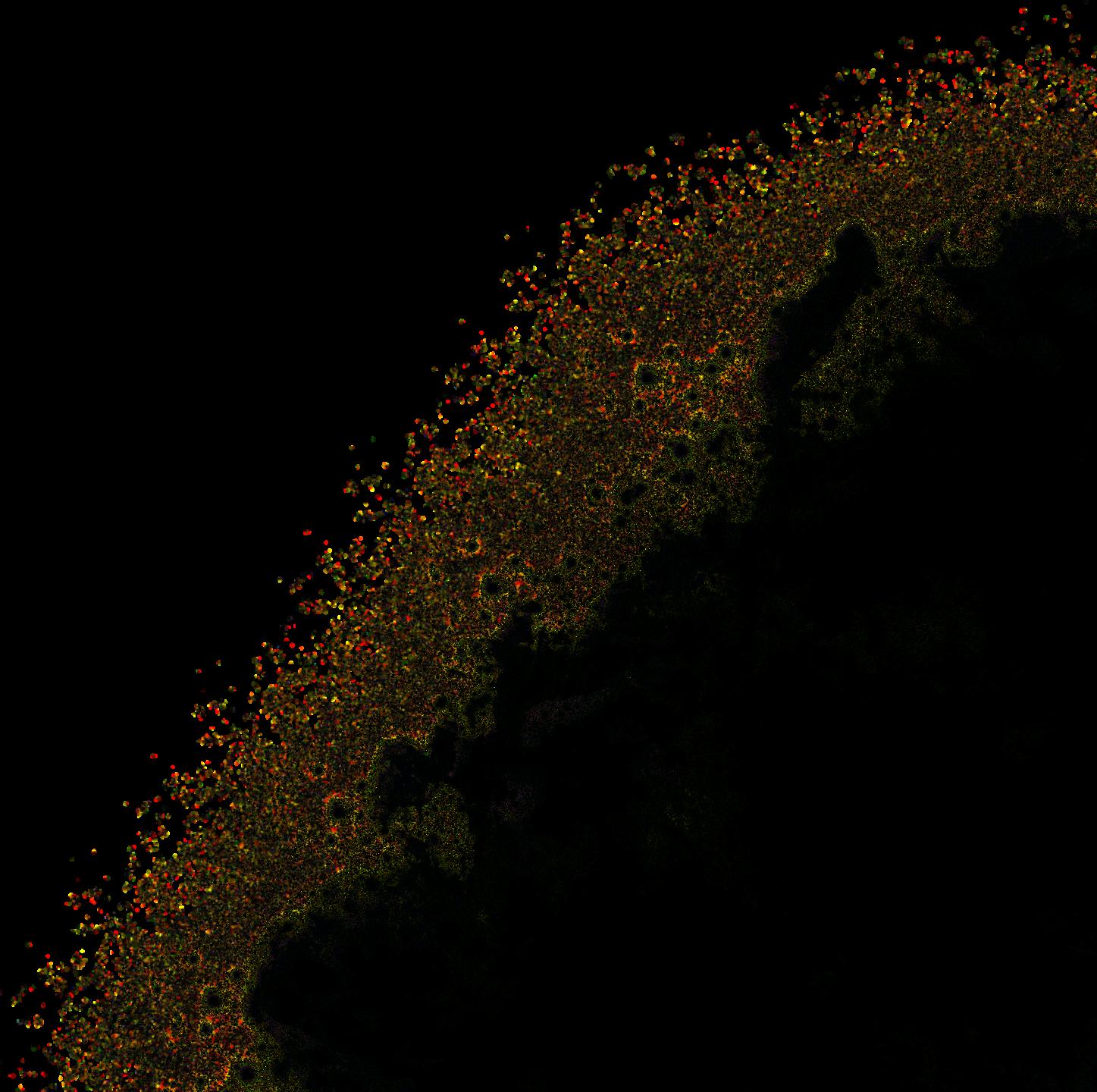
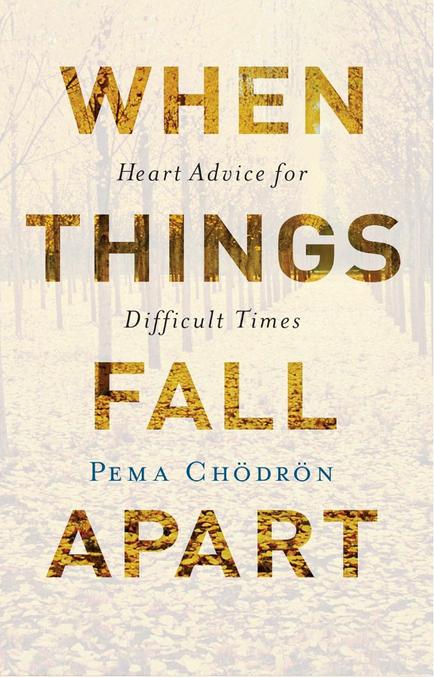
How can we live our lives when everything seems to fall apart and we are continually overcome by fear, anxiety, and pain?
The answer, Pema Chödrön suggests, might be just the opposite of what you expect. Here, in her most beloved and acclaimed work, Pema shows that moving toward painful situations and becoming intimate with them can open up our hearts in ways we never before imagined.
Drawing from traditional Buddhist wisdom, she offers life-changing tools for transforming suffering and negative patterns into habitual ease and boundless joy.
Pema Chödrön's perennially bestselling classic on overcoming life's difficulties cuts to the heart of spirituality and personal growth.
Order on Amazon | Kindle | Audible

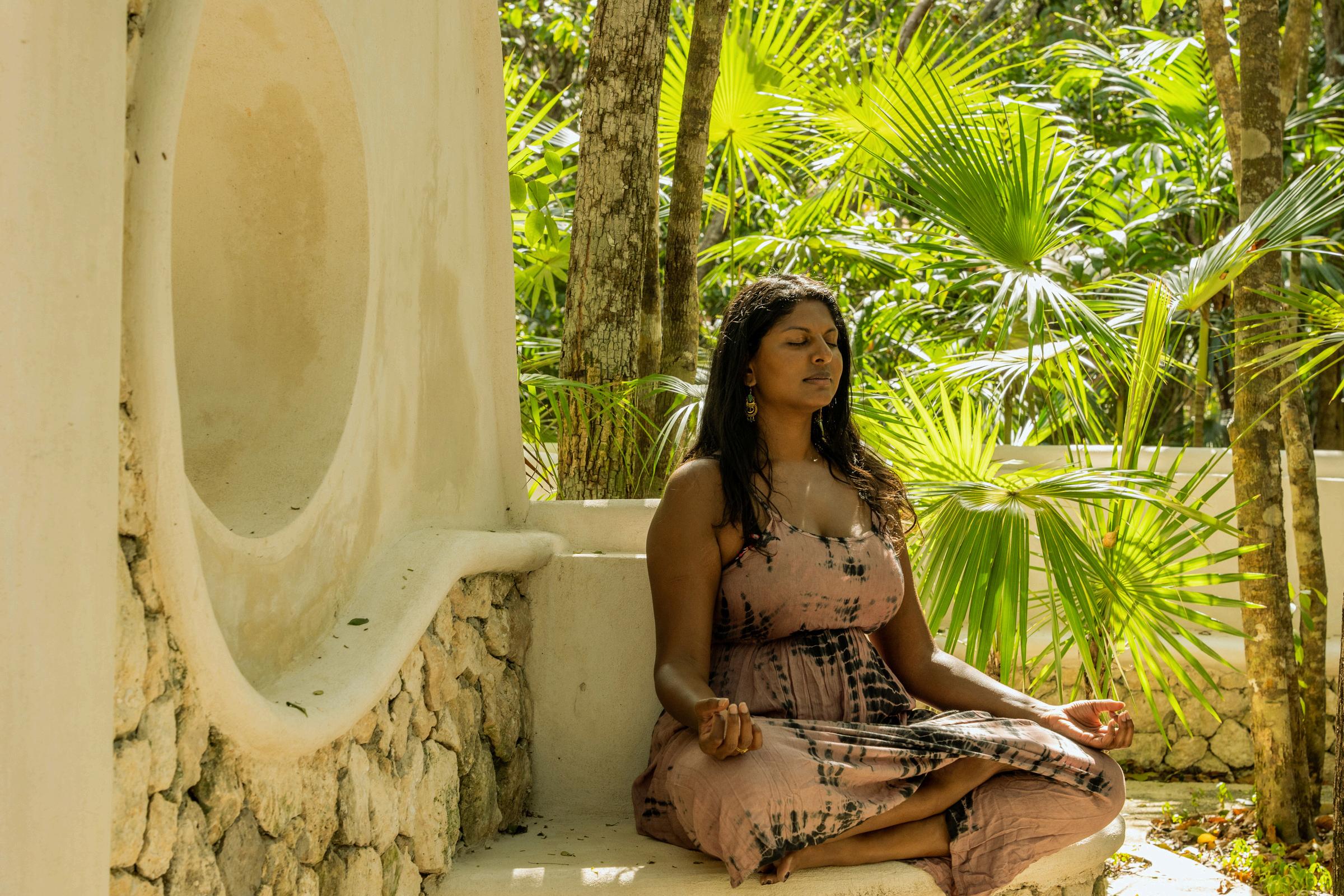
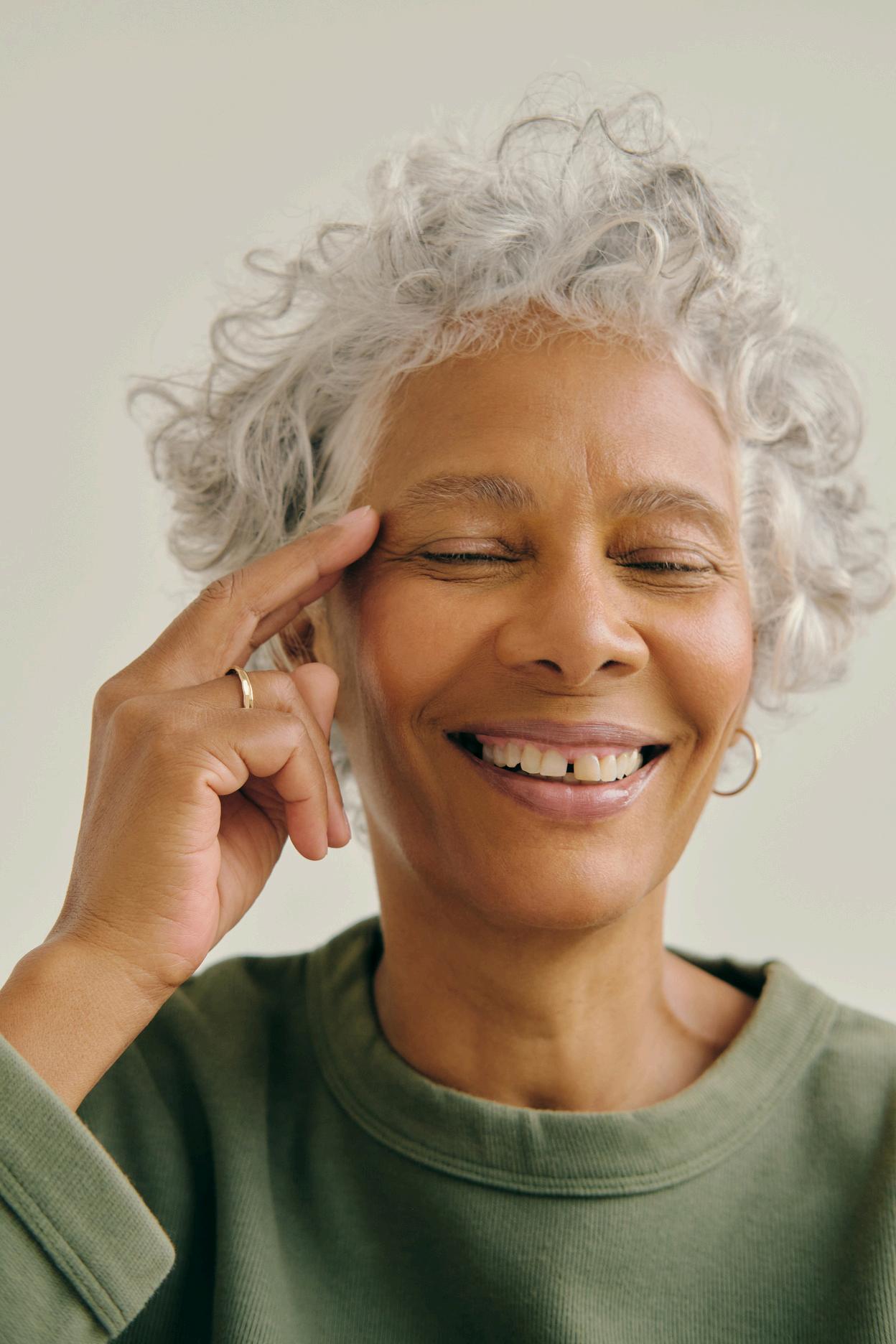
Take a moment to stop, breathe deep and notice what is causing distress (e.g., anxiety, overwhelm, fear). Name what it is out-loud, and take your time to identify it fully.
Rate your emotional intensity on a scale from 0 to 10, with 10 being the most intense.
Set an Intention or Affirmation by creating a simple statement that acknowledges the issue while introducing self-acceptance
Example: “Even though I feel anxious right now, I deeply and completely accept myself ”
B e g i n T a p p i n g
Tap on the Key Acupressure Points (Use two fingers to gently tap 5-7 times on each point while repeating your affirmation.)
Side of the Hand (Karate Chop Point) – Helps neutralize resistance.
Along Eyebrow – Relieves emotional tension.
Side of the Eye – Reduces fear and stress.
Under the Eye – Helps release anxiety stored in the body.
Along Collarbone – Supports calmness and emotional balance.
Side of body/Under the Armpit - Moves blocked energy related to self-worth.
Top of the Head – Reinforces relaxation and energy flow.
As you tap, repeat the affirmation or acknowledge your feelings going through the sequence twice.
After two rounds, change the affirmation to add more specifics or more assurance. For example: “This anxiety, I feel it in my chest, but I am safe.”
Go through two to three more rounds, adjusting wording as needed to reflect changes in sensation.
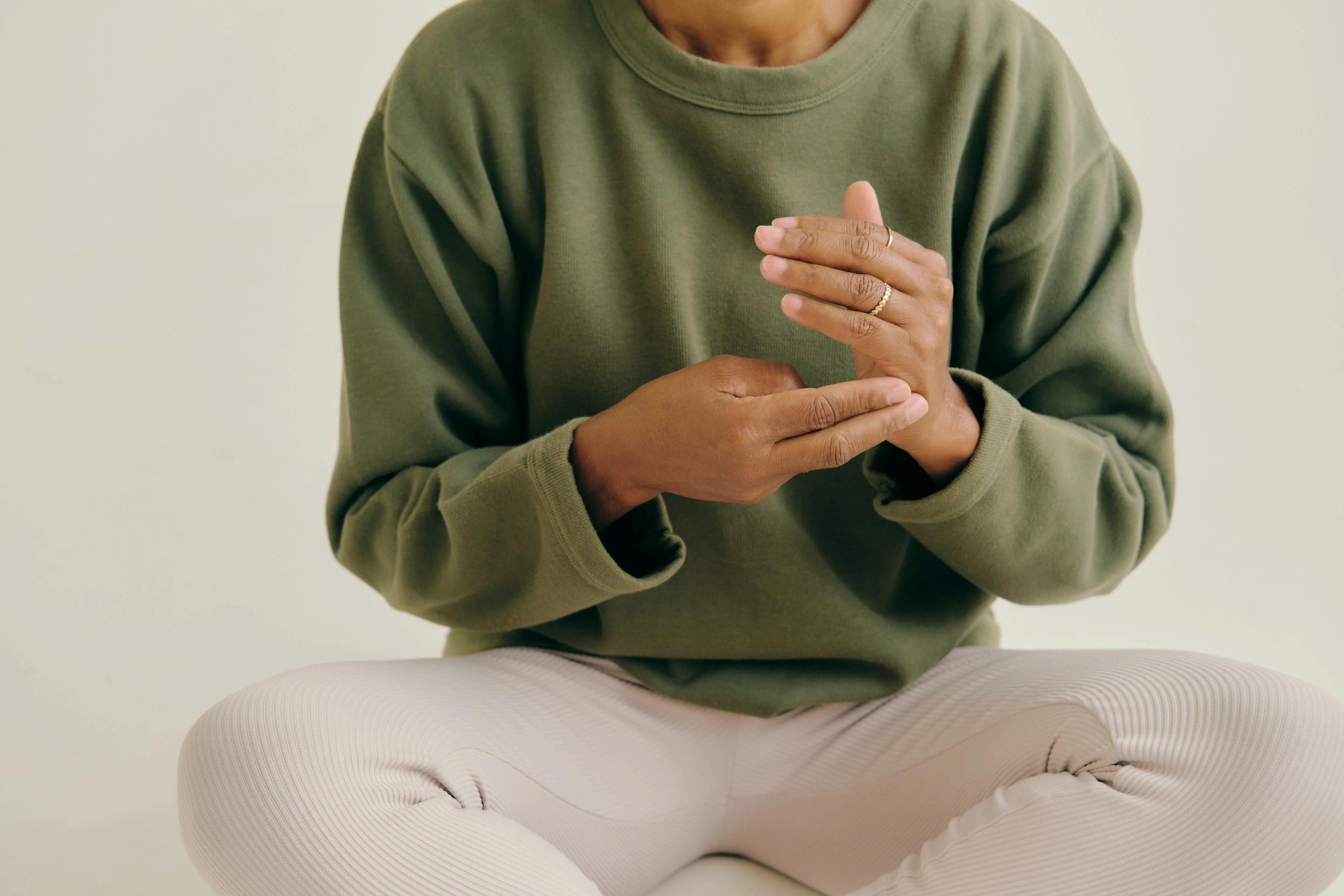
After several minutes of tapping and adjusting your affirmations, pause and take a slow, deep breath.
You can gently stop tapping and and check in with your body.
Rate your emotional intensity again notice any shifts in sensation or emotion.
If the distress is still present, continue tapping with updated affirmations (e.g., “I am beginning to feel calmer. I trust that I am safe.”).
Keep tapping until you feel a noticeable reduction in stress
If you would like guidance through a tapping sequence or a tutorial on how to tap through the pressure points, additional resources are available on YouTube under ‘Guided EFT Tapping” or through the Tapping Solutions app by Nick Ortner in your App Store.


There is a sweetness in surrender This is when we arrive at the midpoint in life and feel the balance between what has come before and what is still to come. It’s bittersweet to know we are halfway through, and time is moving quickly toward our exit from the earth.
So much can be revealed in this midpoint, and clarity can be the gift. What often coalesces in this time is the desire to speak honestly about our life “just as it is.” We have an increased ability to accept what has come before, and an instinct for how to ask questions about what we expect of the time ahead.
This is bitter, and paradoxically, this also makes it sweet It intensifies much of what we love about our lives what is good and worth doing When we see through the lens of gratefulness and abundance, we also know the gift of mortality and how it invites us to take more significant risks In youth, we feel invincible In adulthood, we usually sober up from all of life’s responsibilities
In midlife, we know that we are not invincible, but our life experience has made risk exciting again. Life is finite, and that is suddenly the point of why we want to seize every minute.
The “carpe diem” in midlife can look so fascinatingly unique. An afternoon spent in meditation? Yes! A FaceTime story with a grandchild? Definitely. Flying to far-off places to join indigenous elders as you pivot your career into the healing arts? Why not?!
Mid-life becomes a crisis only if we miss the opportunity to assess and redefine purpose This is the invitation for everyone in this season and we all have a different blueprint for what might come next.
The courage needed for this reevaluation and resulting changes arises in the form of pain or discomfort with our aging process. Great love and new clarity for our lives often comes on the heels of suffering, as pain pushes us forward when the time is ripe.
This pushing doesn’t always feel like a gift. It may even feel like a burden, drudgery, or even punishment There can be long phases of feeling lost and separated from our path and purpose All the time and energy we sacrificed in the past might seem almost worthless This can be a profoundly disorienting season What do we do with this unknown? We lean in We gather around our hearth and light the fire with self-care We invite all our most trusted friends, and support of a community, which softens the realization that we are mortal beings only here for a short time.
Midlife invites us to release the grip, allow the surrender, and embrace mortality. Welcome the pain and suffering as a sharpening of the stone and a widening of your resilience to live a life filled with possibility and anticipation. Mortality is not a punishment, it is an invitation to be present - to live, lose, heal, and find your way back to what is good and holy in this precious life. This is the nectar. This is the bitter contrast with the sweet - the beautiful and necessary balance we need.
Mindset is everything and so are the words we use. Words carry vibration that informs the world around us of what we believe, expect, and want to attract. Use this helpful word flip to change disempowering phrases into powerful, positive, attractors of good.
Everything is falling apart.
I can’t catch a break.
Why does this always happen to me?
I feel completely lost.
Nothing ever works out for me
I’m so unlucky.
I’m tired of struggling
I’ll never get through this.
This is just a disaster.
Things are shifting in ways I may not understand yet, but new opportunities are emerging.
Every challenge I face strengthens me for something greater.
Life is teaching me lessons that will make me wiser and more resilient.
Being lost means I’m on the brink of discovering a new and better path.
Setbacks are redirections toward something better suited for me
Life is unpredictable, but I can make the most of every situation.
Every struggle is a stepping stone to a stronger, more capable version of myself.
I’ve overcome challenges before and will find my way through this one, too.
Unexpected changes are opportunities to grow and pivot in a new direction.
Feeling well is a balance between nutritional, physical and emotional regulation. Use this quick guide for simple ways to support your total wellness and feel good all day long.
Adaptogenic Tea for Nervous System
Balance
1 tsp ashwagandha (reduces cortisol, supports adrenal function)
1 tsp chamomile (calms the nervous system)
1 tsp lemon balm (reduces anxiety and tension)
1 cup hot water
Optional: 1 tsp raw honey
Steep herbs in hot water for 10 minutes, strain, and sip slowly. Drink in the evening or during stressful moments to promote relaxation.

Magnesium-Rich Cocoa Smoothie for Calming Relaxation
1 cup almond milk (rich in magnesium and calcium)
1 frozen banana (high in potassium, which helps with muscle relaxation)
1 tbsp almond butter (good source of healthy fats and magnesium)
1 tsp raw cacao powder (contains magnesium and mood-boosting compounds)
½ tsp cinnamon (balances blood sugar and reduces cortisol spikes)
1 tsp flaxseeds or chia seeds (omega-3s for brain health and emotional balance)
Optional: 1 scoop collagen or protein powder for added support
Blend all ingredients until smooth. Drink in the morning or after a stressful day to help regulate cortisol and relax the nervous system.
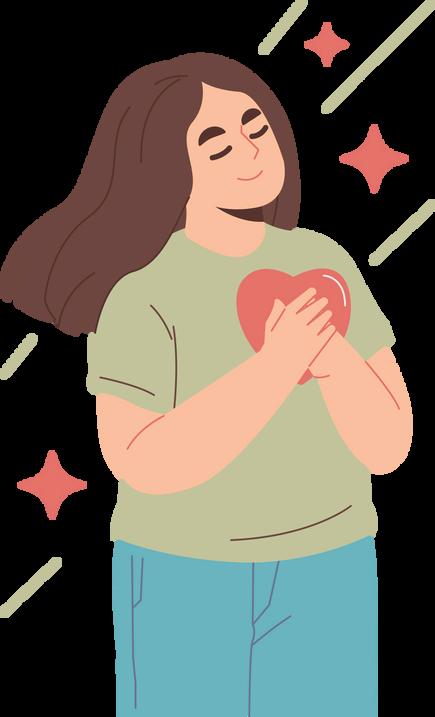
Shift focus away from physical tension and feel calm in your body.
Stand or sit with feet flat on the ground. Take a slow inhale through your nose for 4 seconds, hold for 4 seconds, and exhale through your mouth for 6-8 seconds (activating the parasympathetic nervous system).
Place your hand on your chest or belly to connect with your breath. Visualize tension melting away with each exhale.
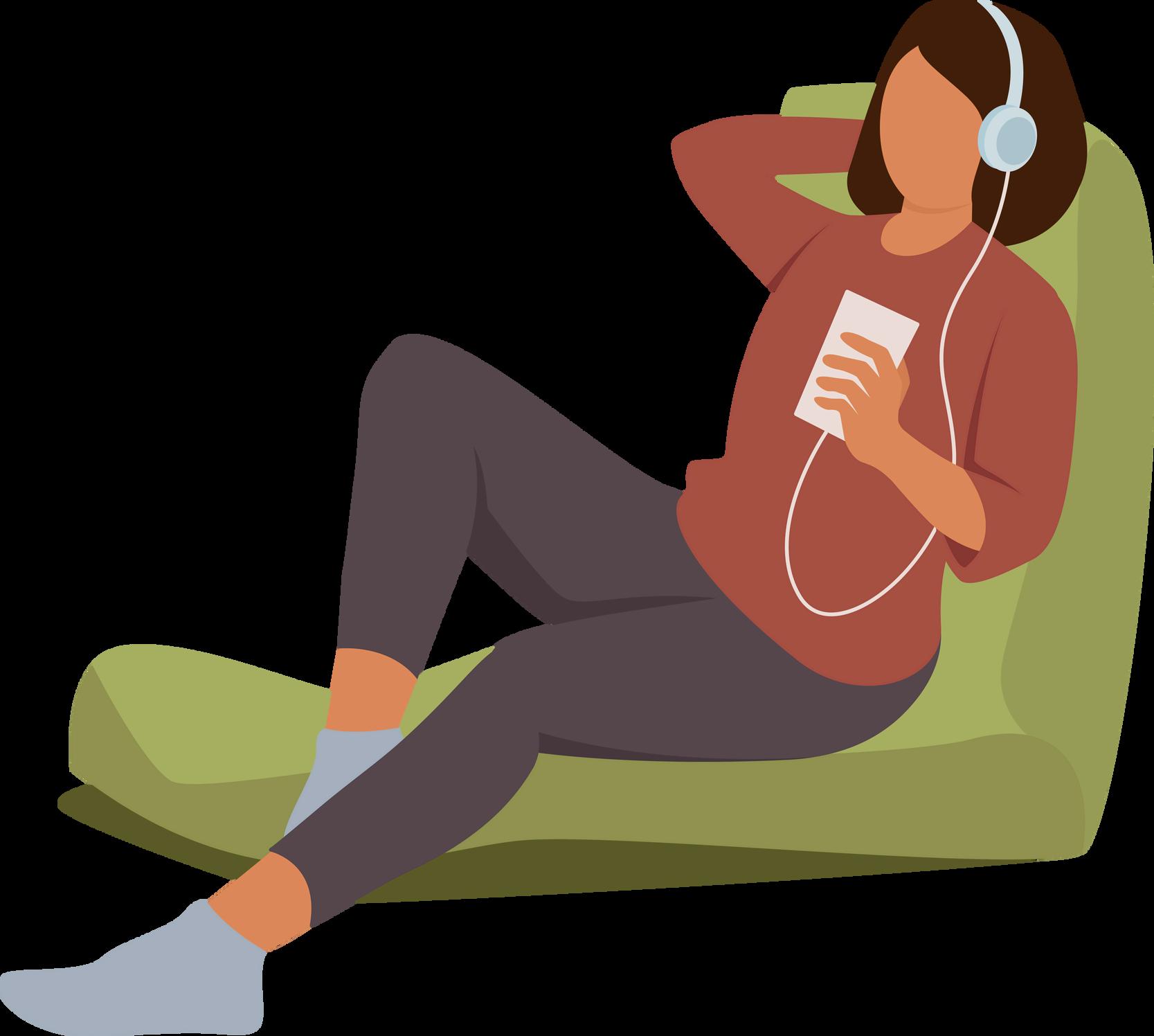
Encourage and prep your body for deep relaxation or sleep.
Find a quiet space and get comfortable
Take a deep breath, hold for a few seconds, then exhale slowly. Start with your feet, and tense the muscles in your toes and feet for 5-7 seconds, then release completely. Move upward through the body, calves, thighs, arms, shoulders, face, and end with three deep breaths.
The "5-4-3-2-1" Grounding Technique
Shift focus away from emotional stress and into the present moment.
Begin by breathing and then imagine:
5 things you can see
4 things you can touch
3 things you can hear
2 things you can smell
1 thing you can taste
The “Brain Dump” Method
Focus on your breathing to clear the mind and restore a sense of emotional calm.
Find a quiet space and get comfortable
Take a deep breath, hold for a few seconds, then exhale slowly. Start with your feet, and tense the muscles in your toes and feet for 5-7 seconds, then release completely. Move upward through the body, calves, thighs, arms, shoulders, face, and end with three deep breaths.
Bring together the best of late winter and early spring harvest in this warm and satisfying salad that hits the spot for a nutrientpacked lunch or dinner.
Ingredients:
1 small acorn squash, sliced into half-moons (skins optional, seeds removed)
1 tablespoon olive oil
½ teaspoon salt
¼ teaspoon black pepper
½ teaspoon cinnamon
4 cups mixed greens (kale, arugula, or spinach)
½ cup pomegranate seeds
¼ cup crumbled feta or goat cheese
¼ cup toasted pecans or walnuts
¼ cup dried cranberries
½ small red onion, thinly sliced
Dressing:
3 tablespoons olive oil
1 tablespoon apple cider vinegar (or balsamic vinegar)
1 teaspoon Dijon mustard
1 teaspoon honey or maple syrup
Salt & pepper to taste

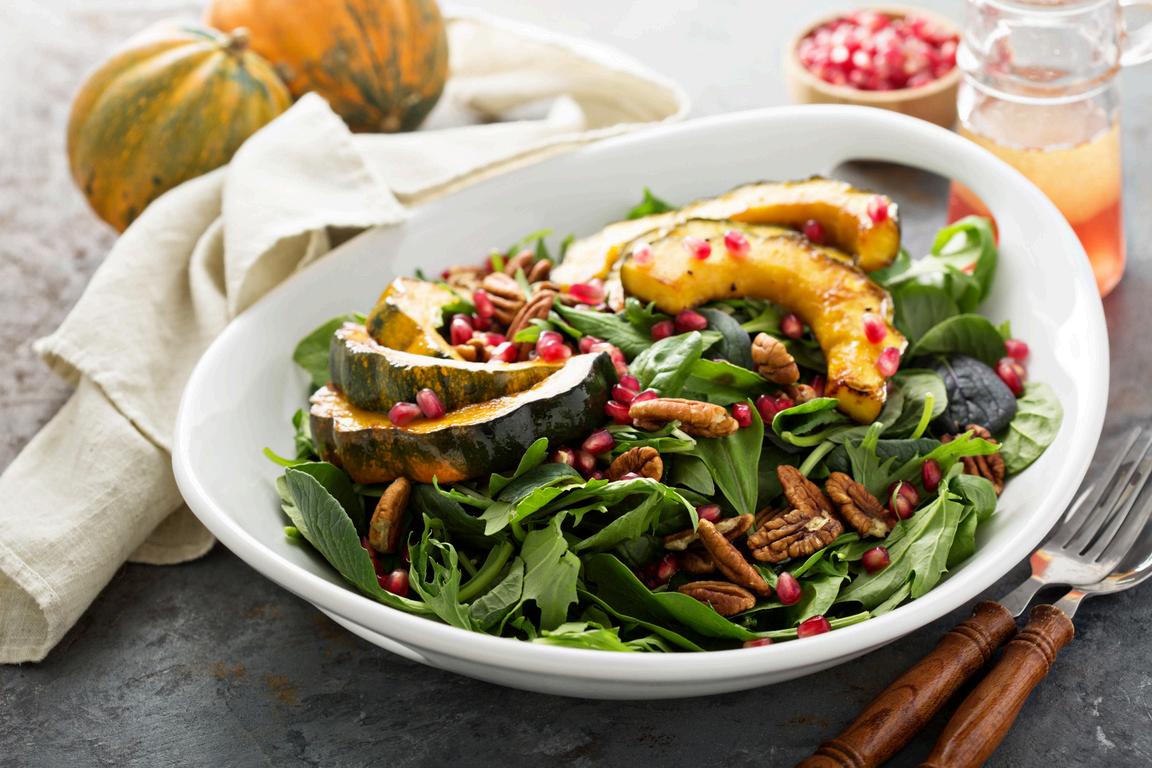
Instructions:
Toss acorn squash slices with olive oil, salt, pepper, and cinnamon
Arrange on a baking sheet and roast for 20–25 minutes in 400°F (200°C), flipping halfway through, until golden and tender
Whisk together dressing ingredients
Combine greens and salad ingredients with roasted squash Drizzle with dressing and gently toss to combine
Serve immediately and enjoy!

S H E I S M O R E P O T E N T T H A N S H E K N O W S
S H E I S M O R E I N D U S T R I O U S T H A N S H E C A N I M A G I N E
S H E I S W I S E A N D K N O W I N G B E Y O N D M E A S U R E
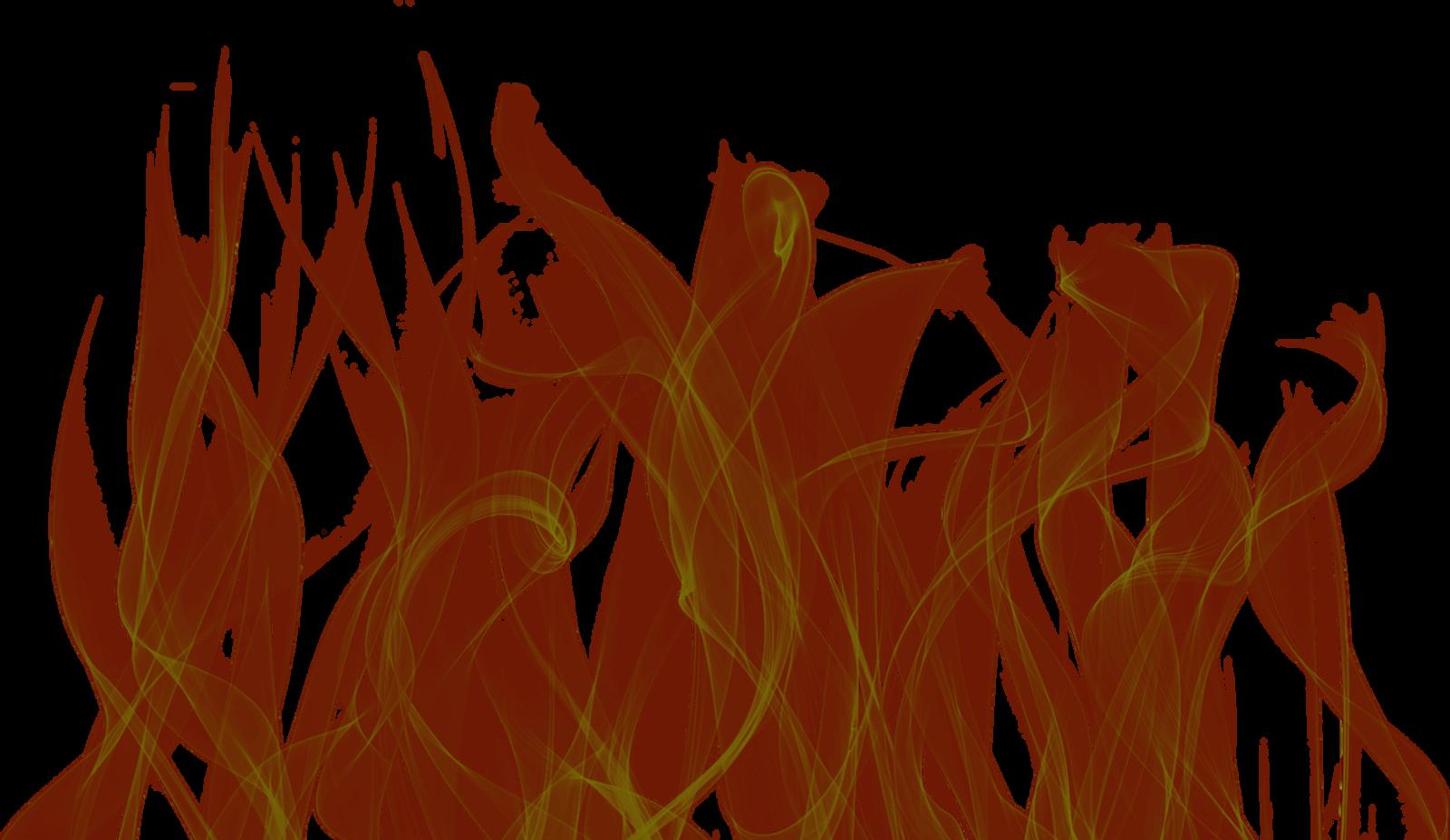
T H E F I R E O N L Y T A K E S W H A T D O E S N ’ T B E L O N G
T H E P H O E N I X N E E D S T H E F L A M E .
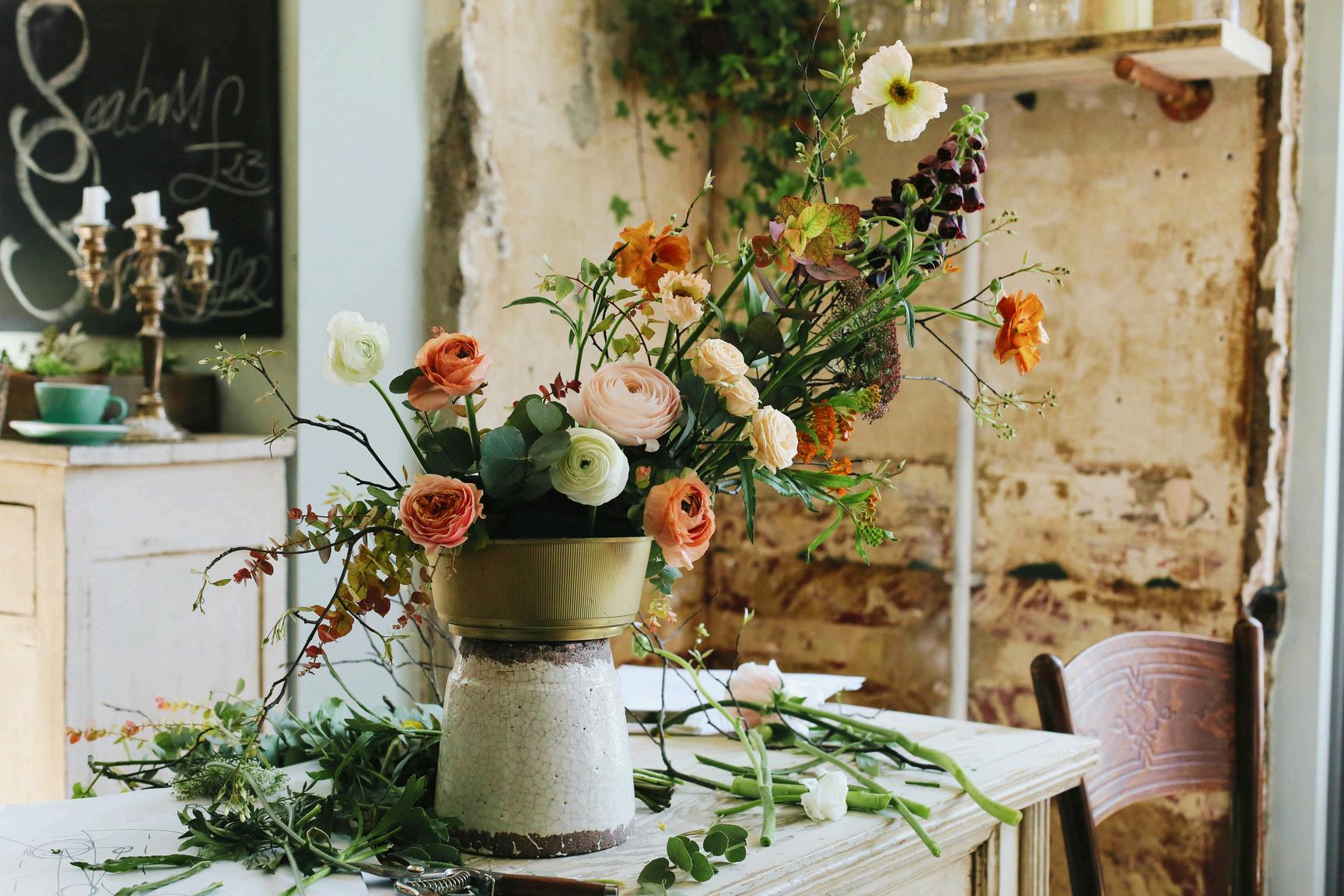
L/E
Living Wellness Magazine in its entirety is Intellectual Property of Leanne Elliott and Leanne Elliott Communications No portion shall be reproduced, shared or duplicated without express, written permission and author credit.
Editor Christie A. Tarman | Format & Proof Cooper R. Elliott
Copyright March Issue 2025